September 2017 | Facts and Info from the European Physical Society | e-EPS
Is this email not displaying correctly?
View it in your browser.

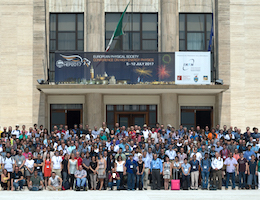
Editorial – From Particles to the Cosmos at EPS HEP 2017 in Venice
Close to a thousand physicists from all over the world gathered in July 2017 at the European Physical Society Conference on High Energy Physics (EPS-HEP) in Venice, Italy. The HEPP division of the EPS played the role of the International Organising Committee and the conference was organised by Istituto Nazionale di Fisica Nucleare (INFN) and the Department of Physics and Astronomy of the University of Padova.
[read more]
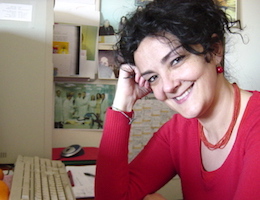
EPS Emmy Noether Distinction Spring-Summer 2017 for Women in Physics
It is a great pleasure to announce that the Spring-Summer 2017 EPS Emmy Noether Distinction for Women in Physics goes to Dr. Catalina Curceanu from the Frascati National Laboratory of the Italian Institute for Nuclear Research (LNF-INFN).
[read more]
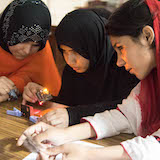
EPS Physics for Development Group goes back to school
EPS’s primary mission is to “contribute to and promote the advancement of physics, in Europe and in neighbouring countries”, but given the extent to which international collaborations play such an important role in European scientific production ...
[read more]
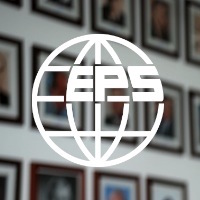
EPS president-elect – Call for nominations
A number of vacancies will arise on the European Physical Society [EPS] Executive Committee in 2018, including the position of President-elect. According to the EPS bylaws, a Selection Committee has been created to establish a list of candidates for the replacement of outgoing members, and for the President-elect.
[read more]
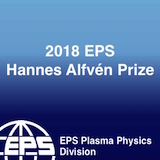
Nomination for the EPS Hannes Alfvén Prize 2018
The call for nomination for the EPS Hannes Alfvén Prize 2018 “For outstanding contributions to plasma physics” is open.
[read more]
EPS CMD Europhysics Prize 2018: the call for nominations is open
The selection committee is pleased to request nominations for the 2018 EPS Condensed Matter Division Europhysics Prize.
[read more]
EPS awards prizes for high-energy physics
The high-energy and particle-physics division of the European Physical Society (EPS) has announced the winners of its 2017 prizes, awarded at the EPS Conference on High-Energy Physics held in Venice on 5–12 July.
[read more]
New ideas in detection and imaging technologies
As part of the ATTRACT initiative, and co-sponsored by EPS Technology and Innovation Group (TIG), a workshop on new ideas and developments in detection and imaging was held in Tripolis, Greece on May 30th -June 1st.
[read more]
2017 EPS Statistical and Nonlinear Physics prizes awarded in Krakow
The year 2017 marks the 100th anniversary of the death of the Polish statistical physicist Marian Smoluchowski, and on this occasion the Statistical and Nonlinear Physics Division of EPS organised an anniversary conference in Krakow 3-8 September 2017. Almost 200 statistical physicists from all over the world attended.
[read more]
44th Annual EPS conference on Plasma Physics
The 44th Annual EPS conference on Plasma Physics was held at the Waterside Centre in Belfast, UK, from 26th to 30th June 2017, with participation by 672 researchers from 43 countries.
[read more]
Italy and the ILL: two decades of successful collaboration in neutron science
2017 is a milestone year for Italy at the Institut Laue-Langevin (ILL), marking the 20th anniversary of its Scientific Membership. Looking back over the last two decades, the collaboration is particularly impressive in terms of the variety, novelty and importance of its many achievements.
[read more]
A gender inversion for the Solvay picture at the 103th annual congress of SIF
Within the annual congress of the Italian Physical Society (SIF) the entire morning of September 14 was dedicated to two very interesting round tables, one organized by the University of Trento (Chiara La Tessa and Alessandra Saletti) on “Research: which opportunities are there for women” and another organized organized by SIF (Luisa Cifarelli) on “Physics, singular feminine”.
[read more]
Nanoalloys ten times as effective as pure platinum in fuel cells
A new type of nanocatalyst can result in the long-awaited commercial breakthrough for fuel cell cars. Research results from Chalmers University of Technology and Technical University of Denmark show that it is possible to significantly reduce the need for platinum, a precious and rare metal, by creating a nanoalloy using a new production technique. The technology is also well suited for mass production.
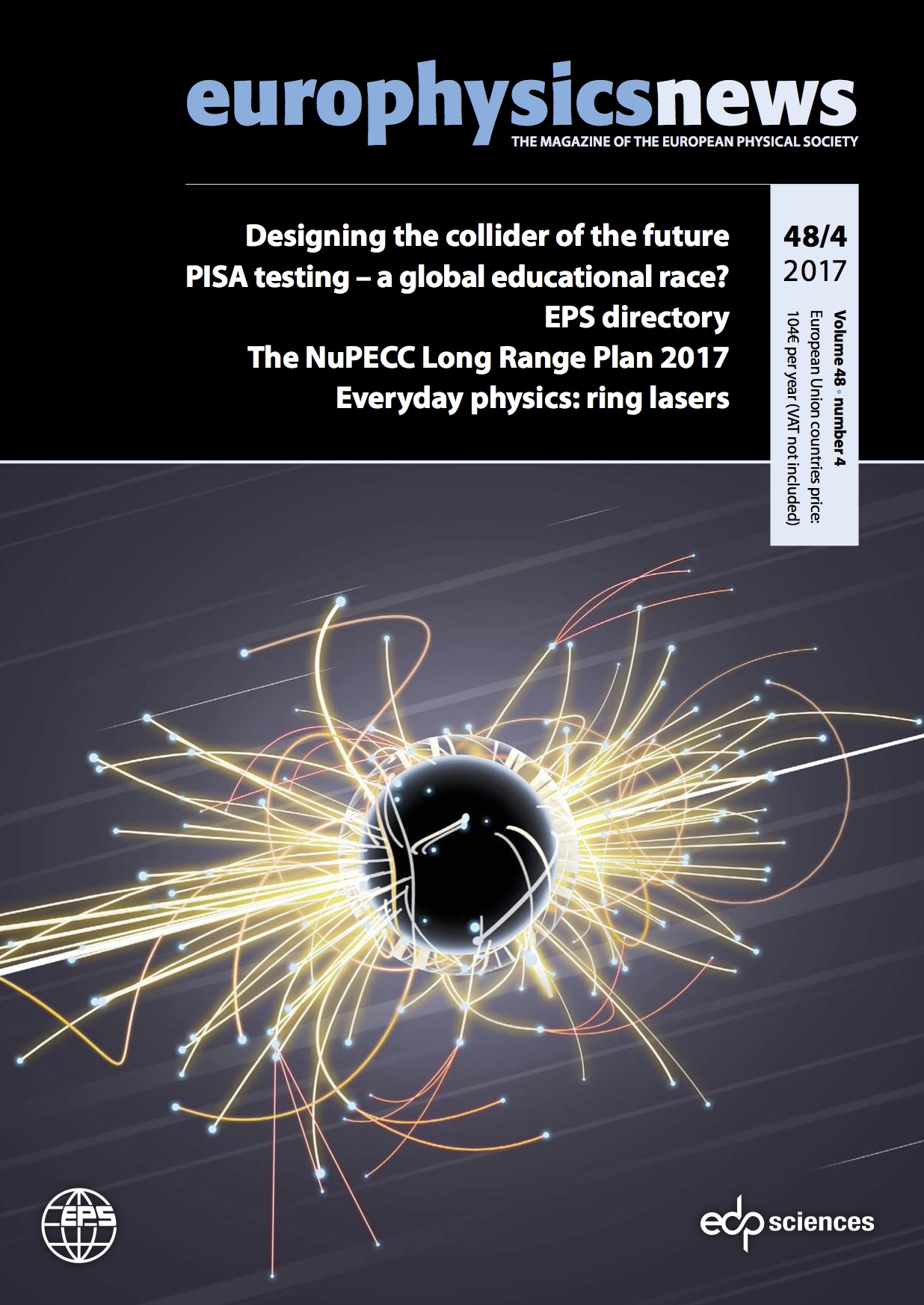 [read more]
[read more]